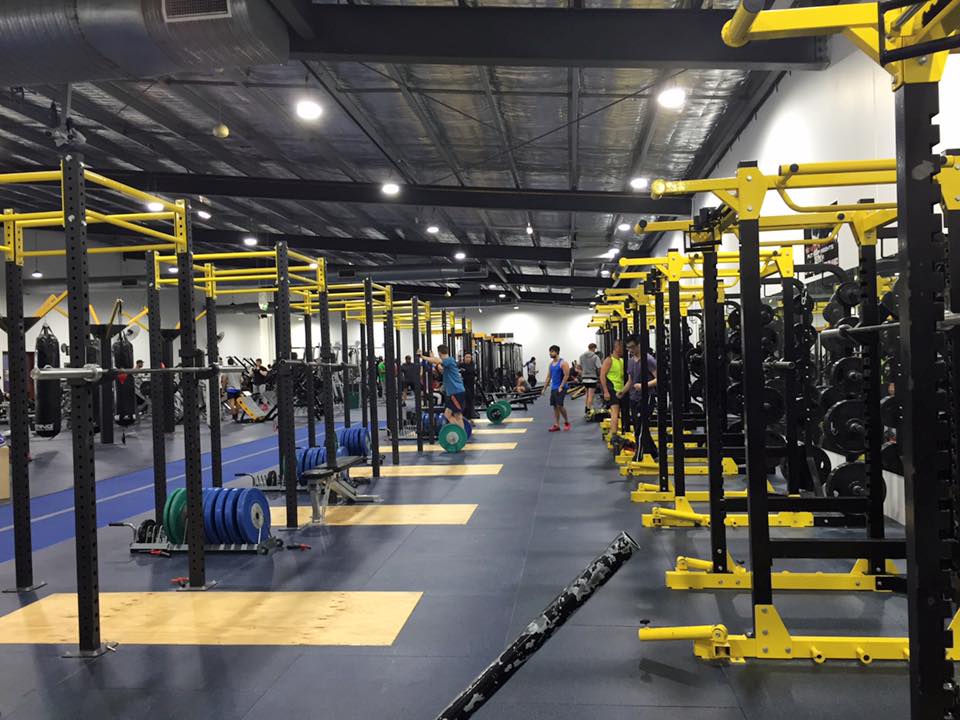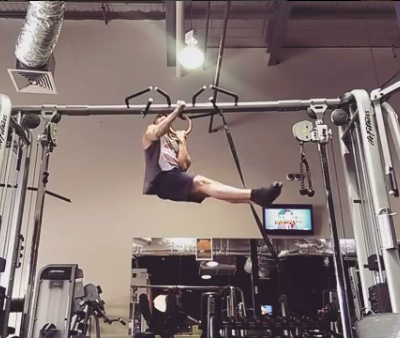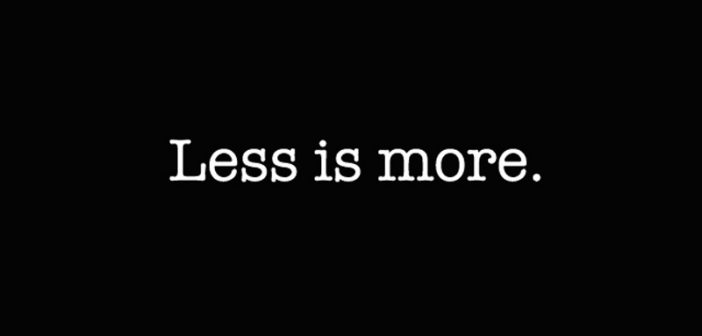For the average person looking to successfully balance their fitness, work commitments and everyday life, adopting a less is more mentality will pay dividends. I am a strong proponent for this training approach, and I’ll share with you in this post why I believe it’s effective.
My Observations and Experience
My first gym was extremely large, spacious and contained everything you would need to make the most of your session. There were squat racks for days, meaning that choosing to forgo lower body training was not an option.
The lifting platforms and gymnastics area were also segregated from the main free weights area. This means I was, most of the time, an outsider to what most would call the heart of every gym.
At a ridiculously low yearly membership price, I was spoilt with equipment availability and the freedom of having ample space to do what I needed to do.

Heaven or hell? You decide.
However, at the beginning of this year I switched gyms for time and convenience reasons. Increased hours at work meant that I was training later than I felt comfortable with and my sleep began to suffer. I couldn’t allow this to continue, so I made a switch.
The new place is much smaller, where competition is rife for known necessities such as machines that give you no gains and the limited number of available benches.
One thing experiencing a gym downsize has allowed me to do is see what people are doing during their sessions; an opportunity I wasn’t really presented with at the previous place.
So what? I don’t care about your gym journey, get to the point.
People lack focus.
No, I’m not talking about waning attention spans and phone calls mid-session. I’m talking about what you’re actually doing within the four walls of the gym while chasing those elusive goals which never seem to come fast enough. I’ll make it clear, however, that I’m writing this from a commercial gym standpoint because up until this point, that has been my experience.
Organised clubs with professional affiliations do not contain members with limply constructed training goals.
No, because they’re paying good money to be there for a reason. Experienced trainers with real competition experience will promptly see to the end of anything which doesn’t translate to any tangible benefit for you and your performance.
And I argue that you too, should adopt this mentality.
Regardless of training level, a periodic focus check must be performed on your prescribed set of exercises to ensure you’re progressing towards your goals. This includes eliminating some of your favorite “nice to have” exercises that don’t align with or even detract from what you’re trying to achieve.
It can be frustrating to see so many people simply going through the motions. Especially now that we have more online resources than ever before and an abundance of personal trainers willing to lend a hand. Yet, so many seem to be assembling training routines akin to picking random exercises out of a hat.
Fear of missing out.
“I want big arms and I also want to keep up my cardio with regular sprints… oh and I also want tree trunk legs and be able to deadlift 300kg while being shredded to the bone.”
Genetic outliers aside, this is absurdity at its finest. Our fear of missing out on the associated benefits of a particular style of training drives us to attempt to cram as many varying exercises into our routine as we can handle. And this is what I’ve observed in droves at the new gym I visit.
This style of training is difficult to keep up over time, especially at a high intensity when everyday factors such as work, relationships and general fatigue enter the equation.
By spreading yourself too thin and attempting to do too much, you’re less likely to become anything more than above average across the board. You’re also more likely to “burn out” and concede that it’s all simply too difficult and not worth the effort.
If you intend on maximizing your performance and not settling for sub-par results, this is definitely bad news. Especially if your recovery is stunted from a lack of sleep and your ability to function properly in your line of work is compromised.
The result? Training will begin to have a net negative result on your lifestyle; something we definitely would like to avoid.
Overtraining and plateauing can also occur, which is harmful to both your physical and mental state.
Less is more; a focus on quality.
By focusing your attention on a fewer number of skills, lifts or exercises, you make sure you’re best positioned to maximize your results.
A narrow focus is highly effective, I can promise you.
I do, however, concede that it’s not for everyone; especially with those that prefer a more eclectic approach to exercise. And that’s fine, as training can get stale, especially after a few weeks.
This is where keeping a “training log” becomes important. By objectively tracking what you’re doing, you’ll be able to (hopefully) see gradual improvements made over time which will inspire you to keep going.
From my experience, a testament to this approach was when I achieved the one arm chinup. From a pure effort and focus perspective, I would say this is my proudest training achievement to date. The variation of exercises I would do during this time were limited, with a focus on accessory work.
For example, three out of my four sessions a week were specifically tailored for the one arm chinup, with a close focus on pulling movements. My accessory work involved a lot of love directed towards scapula retraction, among others.
To realize this goal, I had to omit some of my favorite exercises such as weighted dips, weighted pullups and deadlifts. My CNS (central nervous system) couldn’t handle the additional load, which directly impacts my performance, recovery and ability to fit in more sets and reps of exercises that directly correlated with my goal.
For the curious, the videos are on my Instagram here (left arm) and here (right arm).

My first one arm chinup (left arm).
By adopting the less is more training approach, there can be more time invested into recovery, prehabilitation, work and catching up with friends, while still progressing towards the realization of your training goals.

